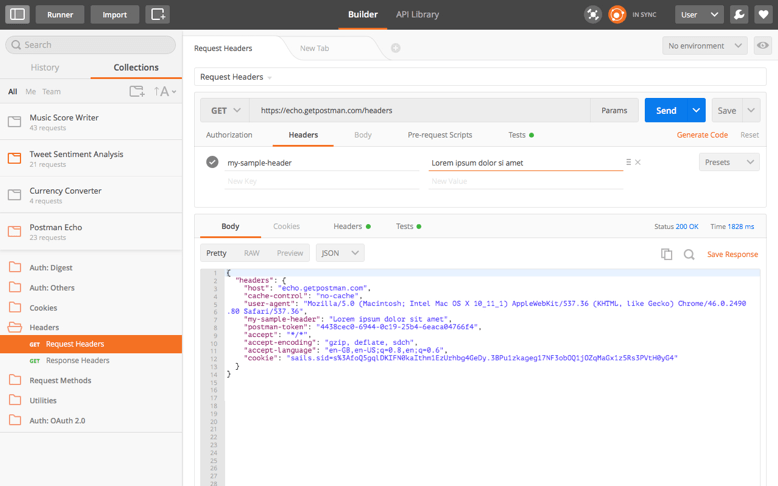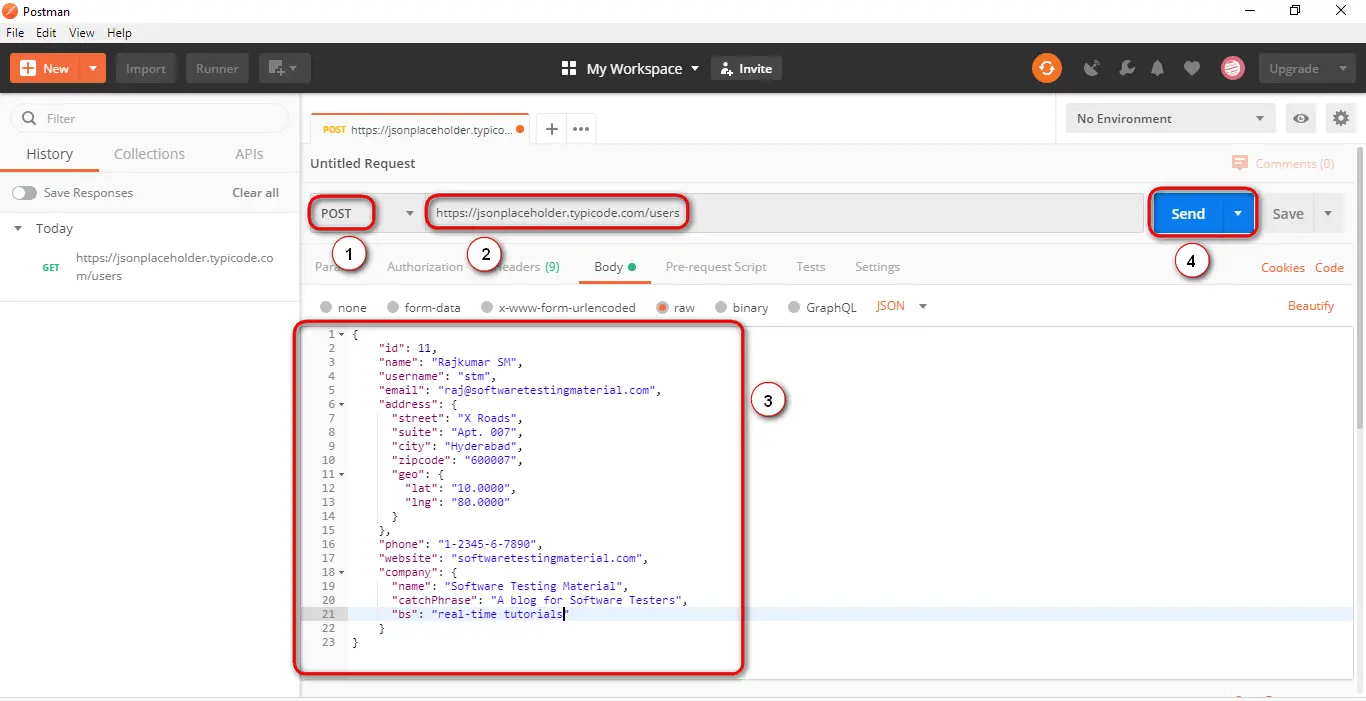
Remember to select the proper environment every time you’re testing an endpoint otherwise, the test will fail to locate the variables. Great! Save the file ( Ctrl + S) and close the tab for now.Īfter you save it, you may notice that the combo box at the top of the panel has now a new value, as shown in Figure 4. That’s the value that’ll be populated when a test dynamically sets the variable, as you’ll see later in this article. Current value: this value overrides the previous.Initial value: whenever no value is provided for that variable, this would be used instead.Variable: that’s the name of the variable you’ll use throughout the collections.Creating the first environment variableĪs you can see, there are three fields to fill: Create the first one, a variable to store the API URL, as seen in Figure 3. If you host your API in different envs such as development and production, you may create a new environment for each one of them.Įnvironments are nothing more than a repository of key-value variables. Call it LOCAL since it’ll store the configs for your localhost API. That’ll open a new tab with a field to set a name for this environment. On the left panel, click the Environments section and then click on the link Create Environment as shown in Figure 2. Since the collections make use of environment variables, start with them.


Then, cd into the \ReactASPNET\ReactASPCrud\ReactASPCrud folder, and run the following command: Make sure to clone the project to your machine. However, to demonstrate, I’ll stick to an API made with ASP.NET, the CRUD API I’ve developed before in another article: Creating ASP.NET Apps with React. The only requirement is that you have, at least, most of the HTTP verbs related to CRUD operations. Additionally, I’d advise you to create an account and stay logged in because that’ll allow Postman to keep your collections and tests synched.įor this article, you can use whatever API you’ve created or are working with. Although there’s a web version available, the Desktop version is faster. The first step includes Postman installation. You’ll also get to see some nice tips on discovering some hidden features of the tool that’ll facilitate your automation and increase productivity. In this article, you’re going to dive into the universe of documenting and testing your APIs with Postman.

The possibility of sharing your test collections along with your team and working together on them is even better.

Many developers don’t know the power that Postman can add to their daily lives in automating API tests. You probably have heard about Postman, the famous collaboration platform for API development and testing. This article covers documenting and testing APIs with Postman. Many teams also lack documentation of all sorts to guide new people on understanding and using the endpoints. There’s no question whether testing is important to the evolution of your APIs, especially when they come in an automated manner.


 0 kommentar(er)
0 kommentar(er)
